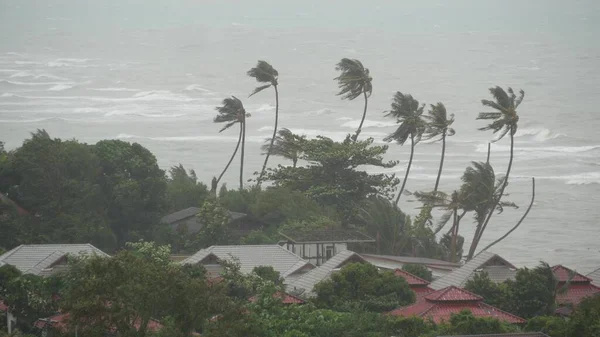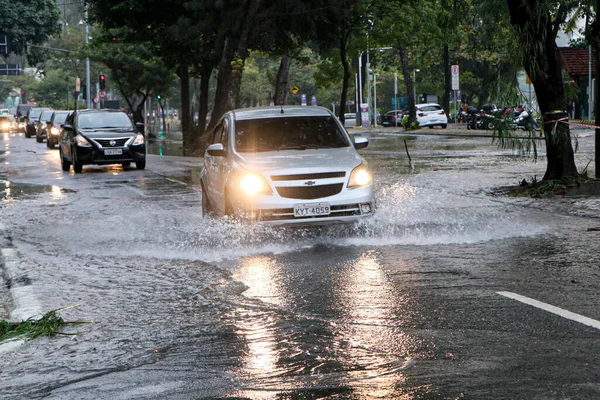
The howl of the sea does not necessarily have to be in your head for it to transform your life. Hurricane Erin did that, awesomely, making landfall only once on an unpopulated shoal off the coast of North Carolina, but its reach sending tens of thousands of lives upended along the East Coast. From New England to the Outer Banks, the storm’s titanic waves and vast field of winds coerced evacuations, closed big highways, and transformed mythic beaches into killing fields. It was not the weather the beach neighbors were planning to celebrate. It was about psychological resilience, durability, and safety to survive the next couple of days.

1. How Erin Affected Us Without Making Landfall
The eye of Hurricane Erin was still approximately 200 miles offshore of Cape Hatteras, although tropical-storm-force winds reached as far as 320 miles. That blew into as far as Nags Head with gusts to 54 mph, central Outer Banks with waves of 20 feet and 2–4 feet of storm surge overwash. Highway 12, the lifeline to coastal towns from Oregon Inlet to Hatteras Village, was shut with surf covering the road. Mandatory evacuations were in progress in Dare, Hyde, and Currituck counties, with 85,000 estimated out by Wednesday, according to officials.

2. Safe Amidst Dangerurf
As Erin meandered north, the Northeast and mid-Atlantic coast struggled through beach closings and rip current advisories. Rip currents kill more people every year than lightning, earthquakes, and sharks have together, the National Oceanic and Atmospheric Administration, or NOAA, estimates. Experts stress: “When in doubt, don’t go out,” says Wyatt Werneth of the American Lifeguard Association. Swim where there is a lifeguard present, at least 100 feet from piers, and, if caught in a rip current, parallel swim to the beach or float away from the current.

3. Coping with the Psychological Aftermath of Evacuation
Exiting the home under evacuation order may cause confusion, loss, and worry. Disaster psychologists say that it is normal to feel “stunned, disoriented or unable to put together distressing information” initially. The important thing is to allow time to adjust, to seek help from other individuals, and to reinstate small routines such as eating at scheduled times or morning exercise to try to regain control. Don’t make dramatic decisions in the process, and if distress does not relent, call in the experts.

4. Why Road Closures Are More Than a Hassle
When Highway 12 shut down, it was more than a highway traveling nuisance on the highway-obstacle on the highway; it was a recognition of the fragility of coastal access. Previous hurricanes like Florence and Matthew shut down more than 2,500 roads across North Carolina, some highways, isolating cities like Wilmington from all access. Transportation officials are now advocating “resilient routes” routes that will be able to resist devastating flood damage and stay open for evacuation, emergency response, and relief supplies.

5. How Communities Rebuild Smarter
Storm recovery is no longer just repairing what has been harmed. Coastal planners are incorporating natural infrastructure such as reforestation and wetlands to hold back floodwater and reduce peak flows by 30% in certain watersheds. Flood property acquisition, while difficult, is the sole sure means of preventing future loss, usually rezoning risk areas into parks or wildlife refuges.

6. Just and Efficient Recovery of Key Roads
Even distribution of equal recovery following the storm does not extend to all. Empirical observation indicates that marginalized groups are impacted by delayed repair of roads, which denies them access to commodities and health. New planning systems try to strike a balance between repairs in zones where disabled individuals i.e., the disabled and chronically ill reside as a measure of ensuring recovery is balanced.

7. Pre-Storm Planning
More than equipment in place is needed. Familiarize yourself with your evacuation path and shelters in your area, sign up for text alerts from the utilities such as North Carolina’s Flood Inundation Mapping and Alert Network, and have a “go bag” with supplies, critical documents, and medication. If you’re on the coast, determine if you’re in a floodplain and consider long-term mitigation measures such as elevating your home.

8. Being Grounded Amidst Uncertainty
It is not known where a hurricane will hit and may prove as frightening as the storm. Crisis experts suggest going over your emotions with close, confidential friends or support groups, coping with anxiety through relaxation techniques, and avoiding upsetting news broadcasts after getting enough news to act on.

For Erin’s generation, the hurricane became a lesson that safety begins even before one drop of water. It’s where one chooses to follow evacuation orders, where one chooses not to be within the danger zone in the waters, and where one fulfills its vow to rebuild in a manner that defends human lives and places in the long term.


